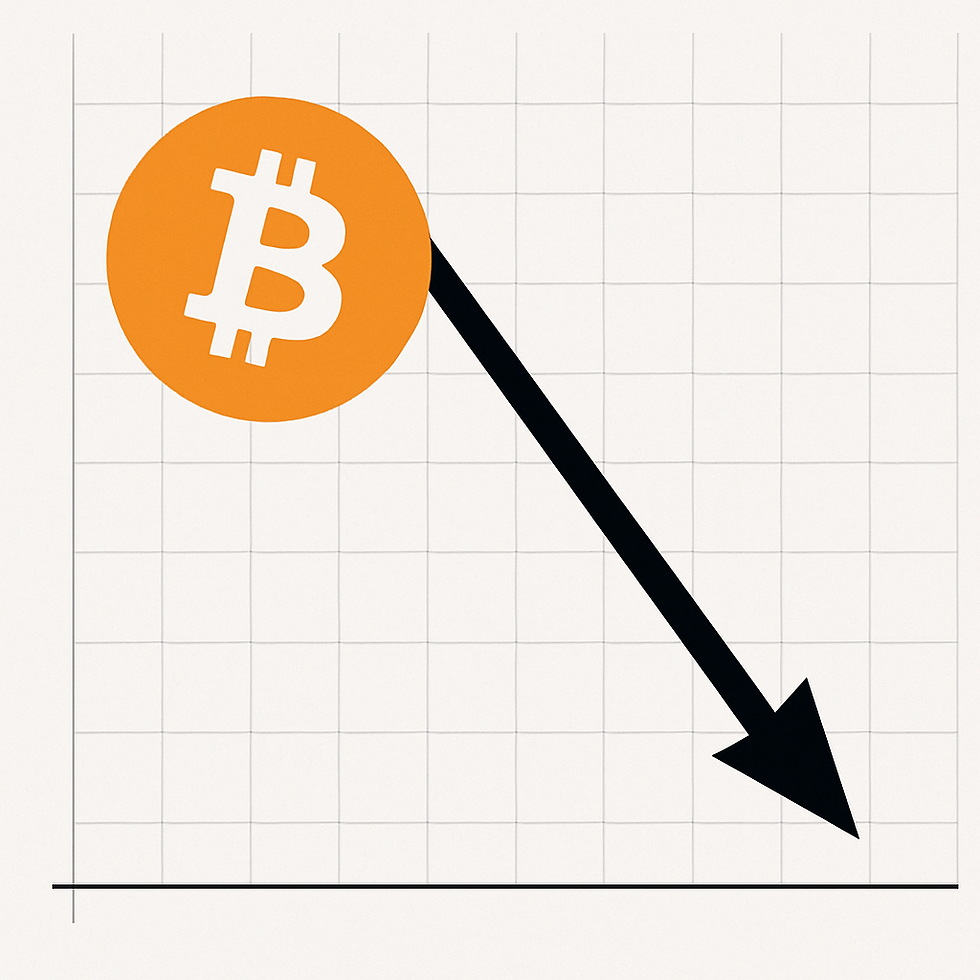A Theory of Retribution
- WireNews

- Aug 24, 2024
- 3 min read
Updated: Oct 13, 2024
by Ram ben Ze'ev

The story begins with the high-profile fraud case involving Autonomy Corporation and Hewlett-Packard (HP), a corporate saga that rocked the tech world. At the centre of it all was Dr. Mike Lynch, co-founder of Autonomy, and his right-hand man, Stephen Chamberlain, the company’s VP of Finance. Accusations of financial misrepresentation and fraud led to a bitter legal battle, casting shadows over their reputations and personal lives.
Despite the gravity of the charges, Stephen Chamberlain emerged from the U.S. trial acquitted on all counts. It was a momentary relief, but his newfound freedom was short-lived.
Just weeks after the court's decision, tragedy struck. Chamberlain was out for his routine jog through the quiet streets near his home when he was struck by a car in a hit-and-run incident. Witnesses were scarce, and the driver was never found. The authorities, despite an extensive investigation, failed to prosecute anyone for the crime. The incident was written off as an unfortunate accident, but those close to Chamberlain couldn’t shake the feeling that it was something more sinister—a targeted attack.
The legal battle had left many aggrieved parties, particularly among HP’s investors and executives, who believed they had been deceived and financially devastated by Autonomy’s alleged misconduct. Chamberlain’s acquittal, while a legal victory, did nothing to quell the anger and sense of injustice among those who felt wronged. To them, he was as culpable as Lynch, even if the court had not found him guilty. The hit-and-run had the cold precision of a message—a warning that even an acquittal would not shield one from retribution.
Meanwhile, Mike Lynch, having faced his own legal challenges, was eager to move past the ordeal. In the aftermath of Chamberlain’s death, Lynch decided to celebrate his court victory with a leisurely trip aboard the "Bayesian," his wife’s luxury yacht. The trip was meant to be a peaceful escape, a chance to unwind with close family and friends off the idyllic coast of Sicily. But as events unfolded, it became clear that something else was in store.
As the yacht sailed into open waters, a freak storm developed with alarming speed. The vessel, caught in the throes of the storm, capsized. Rescue teams responded swiftly, managing to save many of those aboard, but Lynch was not among them. For three agonising days, his fate remained uncertain. Then, his body was recovered from the wreckage, bringing the tragic chapter to a close. But to those who looked closer, the circumstances surrounding Lynch’s death raised unsettling questions.
The storm, while sudden, was not entirely unexpected—weather reports had warned of potential disturbances in the area. Yet, the yacht had ventured into dangerous waters, seemingly unperturbed by the forecasts. Some speculated that the storm’s ferocity was beyond natural explanation, as if it had been artificially induced or that the yacht’s navigation systems had been tampered with, guiding it directly into the path of danger.
---> Follow on Twitter/X @rambenzeev and read all of RAM's articles on X
The coincidence of Chamberlain’s death followed so closely by Lynch’s tragic end was too striking to ignore. Theories began to emerge, suggesting that both men had been targeted by someone with a deep-seated grudge against them—perhaps an investor who had lost a fortune, or an HP executive determined to exact personal justice for the perceived fraud. The failure to prosecute Chamberlain’s killer and the odd circumstances of Lynch’s death led to whispers of a calculated plot, one that used both subtlety and brute force to eliminate its targets.
As investigators quietly reopen their files, they will explore the possibility that the hit-and-run was not an isolated incident, but rather the first move in a broader, more nefarious scheme. The freak storm, they theorised, might not have been a mere twist of nature, but part of a broader series of events orchestrated by someone with the power to manipulate circumstances from behind the scenes.
This theory gains traction among those who knew the stakes involved. The financial ruin that followed the HP-Autonomy debacle left many with motives—ranging from revenge to financial desperation. Someone, it seemed, had decided that Lynch and Chamberlain’s acquittals were not enough. Justice, in their eyes, required a more permanent resolution.
In the end, the deaths of Stephen Chamberlain and Mike Lynch became part of the tragic lore surrounding the Autonomy-HP case. Officially, they remained unsolved—a hit-and-run accident and a maritime disaster. But for those who believed in the theory of retribution, the deaths were the final, chilling acts of a silent vendetta. A vendetta carried out by someone who believed that true justice could only be delivered through blood.
###
Bill White (Ram ben Ze'ev) is CEO of WireNews and Executive Director of Hebrew Synagogue








